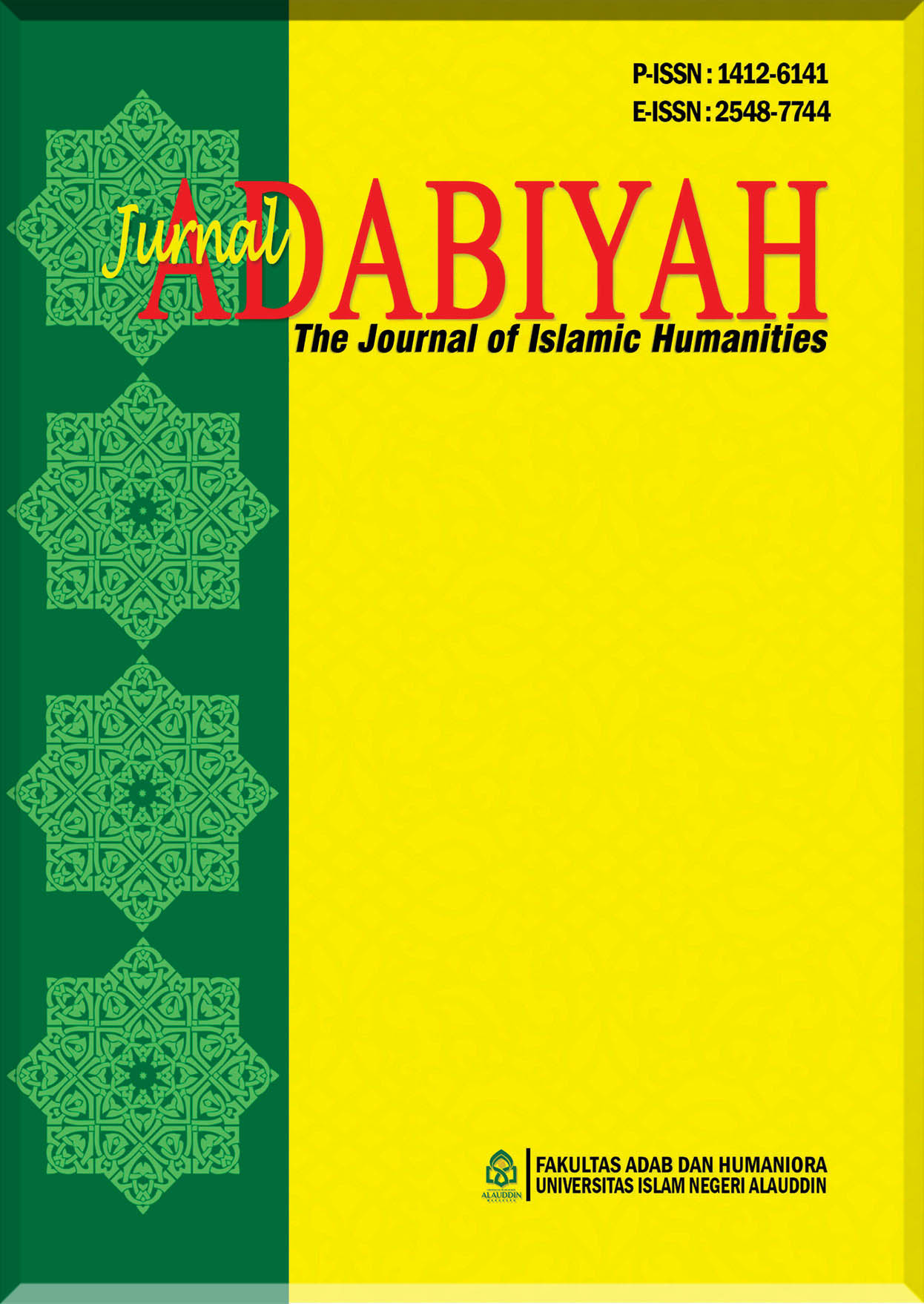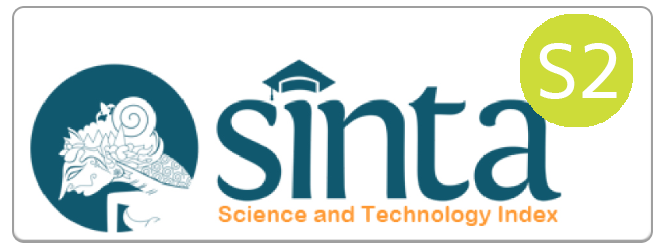Perkembangan Islam pada Masa Kerajaan Turki Usmani
Abstract
After the fall of Abbasiyah dynasty, the Islamic political power was gradually left behind. Several colonized territories looked for their own independence in the form of small monarchies. This condition, of course. exacerbated the Islamic political power. This situation was getting better and better after the appearance of the three big monarchies, which were the Usmani monarchy in Turkey, the Mongol in India, the Safawi monarchy in Persia. Of the three monarchies, the Usmani was firstly established and the biggest and existed the longest. The Usmani monarchy had been able to raise the dignity of Islam for several centuries. Severul progression were achieved at that time, including the territory expansion to Europe, Middle East, Egypt, North Africa; and the advancement in scientific and cultural and religious sectors.Downloads
References
Bosworth, G.E., The Islamic Dynasties, diterjermahkan oleh dengan judul Dinasti-dinasti Islam, Cet. I; Bandung: Mizan, J 993.
Departemen Agama RI., Ensiklopedi Islam, Jakarta: Proyek Peningkatan Prasarana dan Sarana Perguruan Tinggi Agama/IAIN, 1992/1993.
Gibral, Syafiq, dkk., Al-Mans 'ah al-Arabiyyah al-Muyassarah, Kairo: Dar al Sya'ab, 1959.
Hasan, Hasan Ibrahim, Sejarah don Kebudayaan Islam, Yogyakarta: Kota Kembang, 1989.
Downloads
Published
How to Cite
Issue
Section
License
COPYRIGHT AND LICENSE STATEMENT
COPYRIGHT
Jurnal Adabiyah is published under the terms of the Creative Commons Attribution license. Authors hold the copyright and retain publishing rights without restriction to their work. Users may read, download, copy, distribute, and print the work in any medium, provided the original work is properly cited.
LICENSE TO PUBLISH
1. License
The use of the article will be governed by the Creative Commons Attribution license as currently displayed on http://creativecommons.org/licenses/by/4.0.
2. Author’s Warranties
The author warrants that the article is original, written by stated author/s, has not been published before, contains no unlawful statements, does not infringe the rights of others, is subject to copyright that is vested exclusively in the author and free of any third party rights, and that any necessary written permissions to quote from other sources have been obtained by the author(s).
3. User Rights
Under the Creative Commons Attribution license, the users are free to download, reuse, reprint, modify, distribute and/or copy the content for any purpose, even commercially, as long as the original authors and source are cited. No permission is required from the authors or the publishers.
4. Co-Authorship
If the article was prepared jointly with other authors, the corresponding author warrants that he/she has been authorized by all co-authors, and agrees to inform his/her co-authors of the terms of this statement.
5. Miscellaneous
Jurnal Adabiyah may conform the article to a style of punctuation, spelling, capitalization, and usage that it deems appropriate. The author acknowledges that the article may be published so that it will be publicly accessible and such access will be free of charge for the readers.




